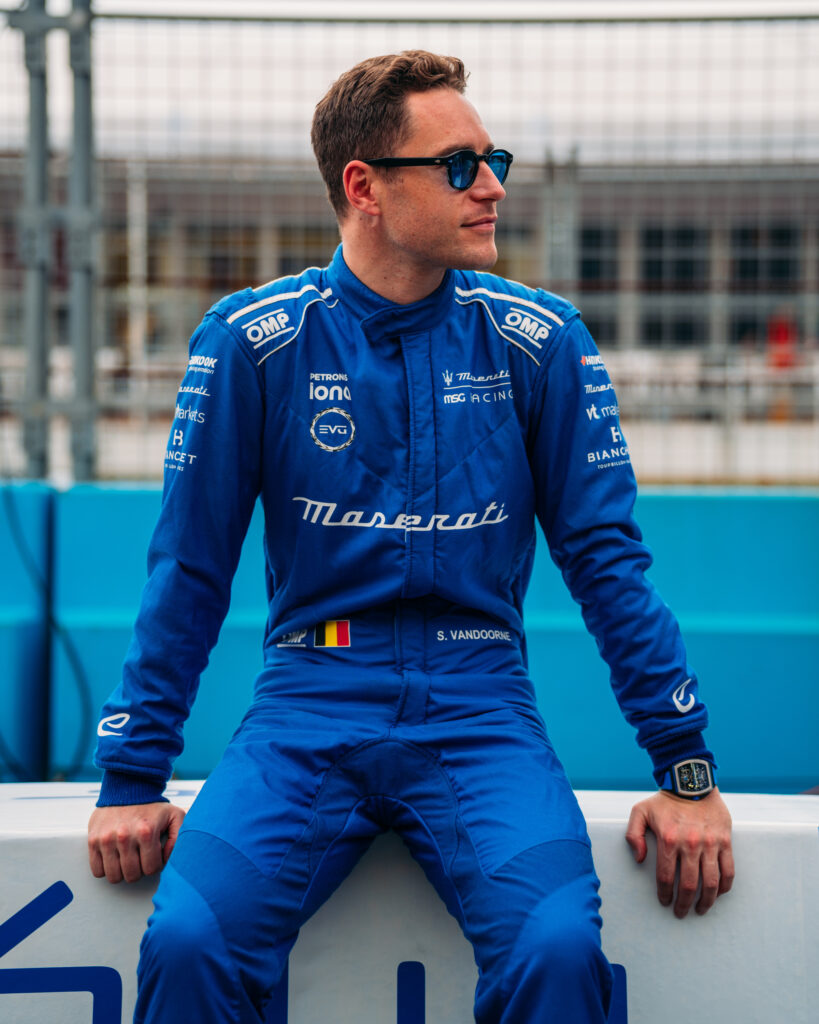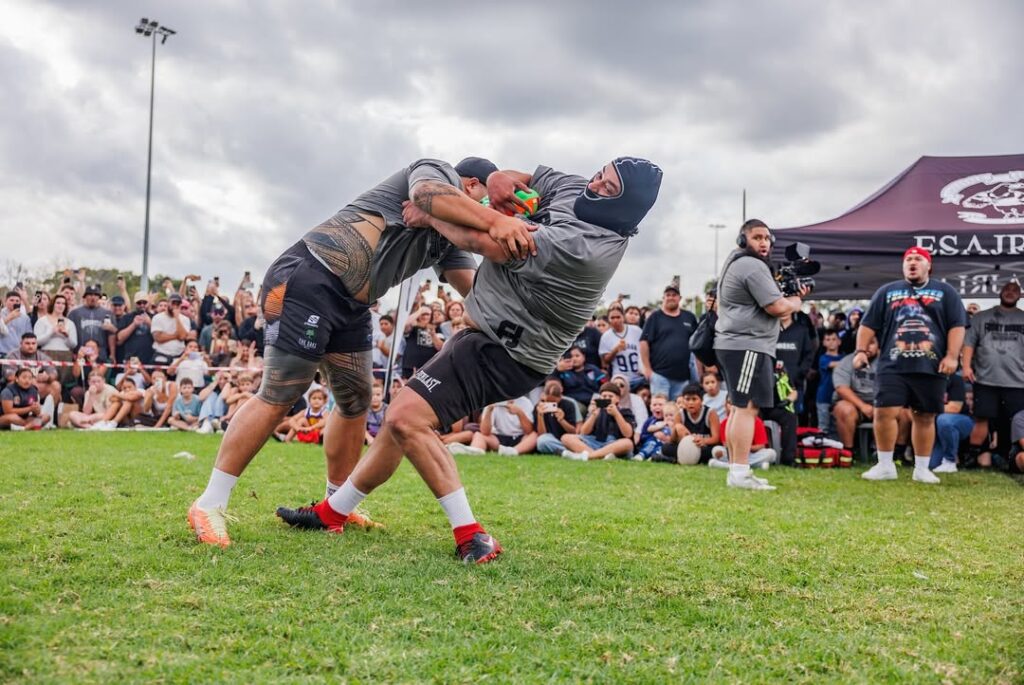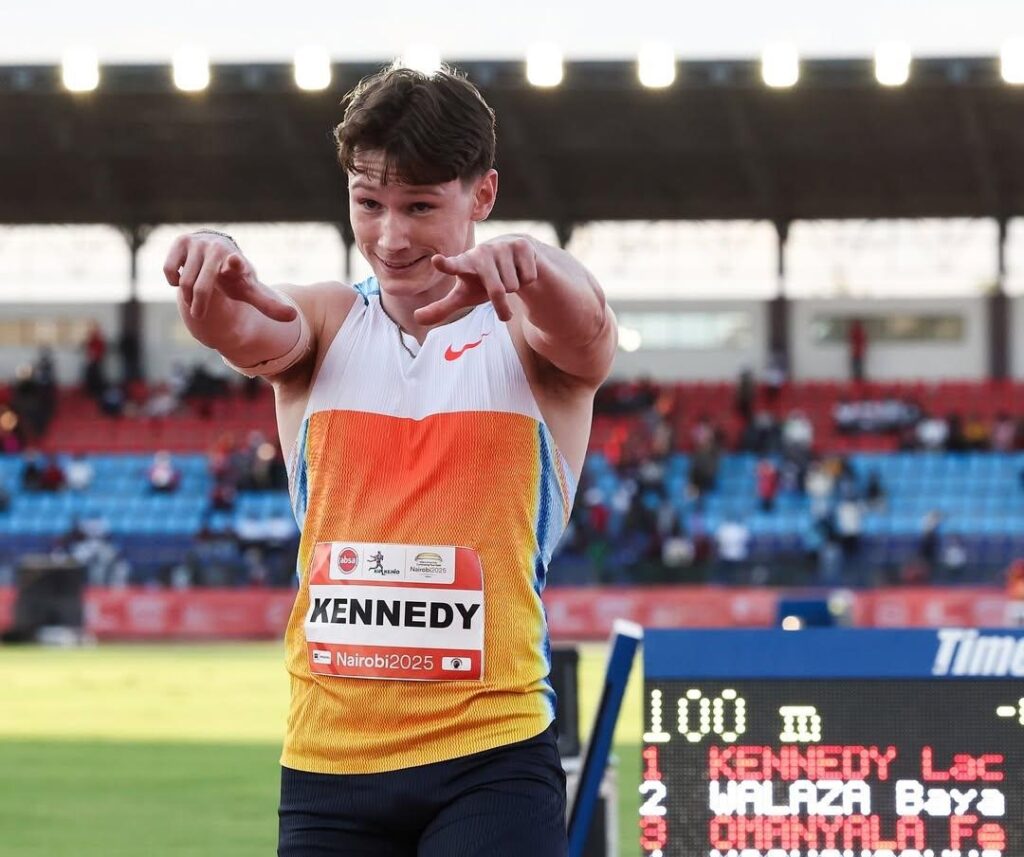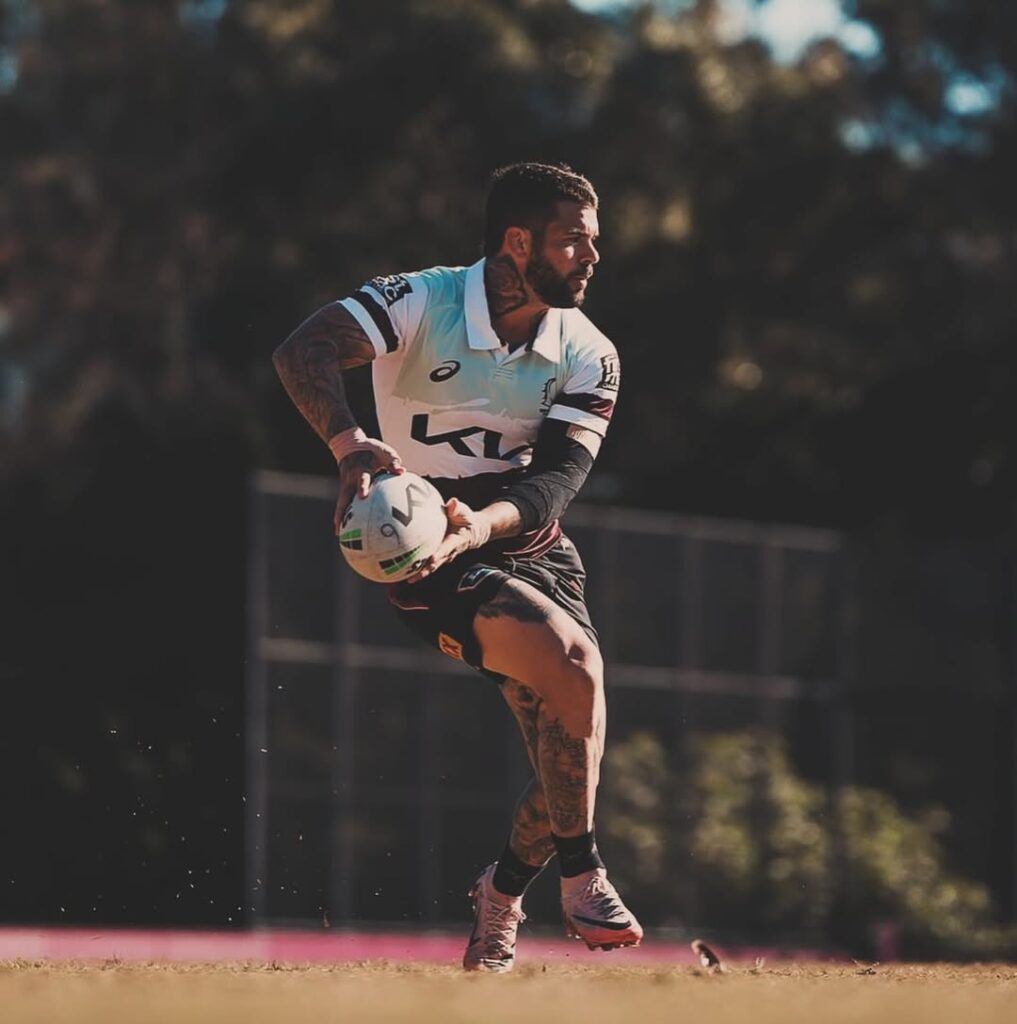Image: Sonder marketing.
“I’m excited. I’m ready for what this season’s gonna be. I’m ready to knock some guys out with pillows.”
This might not sound like the average war cry from a competitive fighter, but then again pillow fighting isn’t your average sport. The craze is the latest hot ticket in fighting and consists, simply and entirely, of people bashing each other over the head with pillows.
The words at the top of the page are those of Terrell ‘TJ’ Jenkins, a fully signed-up follower of this new religion.
Jenkins, who’s 6’2” and an enthusiastic player of several other sports, including basketball, judo and baseball, was one of the very first men to see the potential in pillow fighting. Now he’s one of the sport’s veterans and speaks about it almost as though he’s been brainwashed. “I’m ready to do something spectacular,” he says with an irrepressible smile. “It’s not about who’s looking at me. No. It’s already in my soul. It’s already inside me. Like I said, I knocked a guy out with a pillow.”
“I have two pillows in my car, you wanna try it out?”
It was when Jenkins was renting an office in Boca Raton, Florida, that he met Steve Williams, the godfather and CEO of the Pillow Fighting Championship (PFC). Williams, who told The Guardian that he has spent more than $350,000 of his own money investing in the sport, explained his dream to Jenkins. Would Jenkins like to join him on this journey, he asked. “I said, ‘Man, I’m down,’” says Jenkins. “Whatever happens, I’m all for it. It’s something different; it’s something unique.”
Jenkins joined a host of other competitors – some of them fighters but many of them not – making Williams’ dream a reality and trying out for the sport in south Florida. He auditioned in front of Yuri Villefort, an ex-MMA and UFC athlete who owns Indio Dojo in Boca Raton. Villefort had also been persuaded by Williams’ entrepreneurial spirit. (“I have two pillows in my car, you wanna try it out?” Williams asked Villefort. He then proceeded to smack Villefort with one of them. “And I was like, okay, this is real,” says the Brazilian fighter.)
As the appeal of the sport became clearer, the pillow movement – or “nocturnal neck support combat” as one announcer described it – began to pick up momentum.
“The great thing about pillow fighting is, everybody relates to it. Everybody’s done it, right? There’s no language involved.” Mark Keys oversees the digital operation of the PFC, where the brand has generated a wealth of international coverage, almost 60,000 Instagram followers and hundreds of millions of views. “It has been just completely insane,” he says of the sport’s rise. “I’ve got to go to juggling school right now; I’ve got 100 balls in the air.”

Image: Sonder marketing.
Keys is right that there’s no language involved, but just to clarify: in a PFC pillow fight, two competitors try over the course of three 90-second rounds to hit their opponent over the head as many times as possible. They’re only allowed to put their hand up as high as their neck in order to block an incoming pillow. At one point, fighters were forbidden from striking the top of their opponent’s head but when the organisers realised how little damage a pillow can do, they allowed it. The pillows, in case you’re picturing the luxuriantly soft kind you rest head on at night, are 1kg, made with foam not feathers and come in a nylon casing.
What is distinctive about pillow fighting is that it may be capable of appealing to a wider audience than similar sports like MMA, taekwondo and the UFC – the disciplines from which its fighters are plucked. That’s because there’s no bloodshed in a pillow fight: a bonus for both audience and competitors. As Keys puts it, “You get to leave the ring with your teeth.” If fighters aren’t at risk of broken bones or major blood loss, they can fight more often and perhaps make more money. There were 42 fights at PFC’s last pay-per-view tournament, all in one evening.
It is eminently possible, however, to do some damage with a 1kg pillow. As Jenkins has said on more than one occasion, this is what he did in his last fight – though his victory was actually a technical knockout, not the kind that sees a fighter collapse unconscious. He explains how, after his first fight, which had been a draw, he was ready. “I was ready to go, give me your head, that kind of mentality.” One fighter pulled out and was replaced by another: bareknuckle boxer Mike Trujillo. “He was like, ‘I’m gonna get you,’ says Jenkins. “And I’m like ‘In my head, those are war words right there.’”
As you can see from the Jenkins and Trujillo fight, the sport and its short, frenetic bouts are absolutely exhausting even for men at the peak of physical fitness. After just one 90-second round, Trujillo was so shattered that he resigned himself to being clopped on the head again and again by Jenkins, all but conceding to him. The referee put Trujillo out of his misery. “This is a professional fighter who is winded in a pillow fight,” said the disbelieving commentator.
Villefort is Jenkins’ trainer and was standing ring-side for that match. He says of Jenkins, who made the fight against Trujillo look easy, “His physical ability is just through the roof. He can be whatever he wants.” (For his part, Jenkins says of Villefort, “Certain people can speak life in you. Certain people can speak death in you. And certain people can give you that motivation that’ll just get you up. Thank you, Yuri.”)
“You get to leave the ring with your teeth.”
When people first learn about pillow fighting, says Keys, they may dismiss it as a novelty. Slowly but surely, however, an audience is building. PFC has hosted two pay-per-view events on Fite TV and is talking to international syndication providers. The women’s fights are proving even more popular than the men’s, according to Keys, and women are also more likely to watch a pillow fight than other combat sports, perhaps because of the almost non-existent injuries. Keys has worked at places like WWE and MTV and claims never to have seen a product take off as quickly. He says that after their second tournament, 1,200 people signed up to fight within two hours. “Who knew that pillow fighting would be the pinnacle of my career?”
Williams and Keys are open about the fee that every fighter in a championship match can expect to receive per fight: $250. The winner of the tournament has so far taken home $5,000. If you’re wondering if pillow fighting can become a professional sport, arguably the answer is: it already has.
Because of its competitors’ roots in combat sports like MMA and jujitsu, pillow fighting uses similar skills and muscles. Jenkins advises being broad in your training: go in for some calisthenics, practise your swinging, lift some dumbbells, run on the treadmill. Your breathing needs to be excellent, given that swinging a pillow around for four-and-a-half minutes, however fun that sounds, is going to tear you apart. Don’t underestimate your opponent, Jenkins says, and, most importantly of all, don’t overthink things. “When you overthink something, you kinda lose yourself in the mist of that overthought.”

Image: Sonder marketing.
At the moment, the sport is in such an early stage that fighters are able to have fun – dancing around, bouncing off the ropes and dressing up as the Joker. One question is whether or not the sport may be hindered by people’s potential inability to take it seriously, that the reason it is generating so much media attention will also be its downfall. Has Jenkins been aware of anyone mocking the sport? “I’ve seen that,” he says. “But I’m ignoring it. Forget about the naysayers, man. You’re gonna have those regardless. It comes with the change, it comes with growing from something, it comes with sparking a seed of faith.”
Nothing can dent Jenkins’ cheer, and the PFC organisers seem similarly confident. They have established a children’s division, PFC Kidz, and seem sure that the sport will take over the world. Jenkins runs a car detailing business. When I ask if he can imagine himself becoming a full-time pillow fighter he says, “I don’t wanna put a limit on it. Wherever it goes, I’m coming with it.”
The idea that people could be paying their bills through pillow fighting alone may not be such an implausible one in ten or fifteen years. With savvy marketing, rules that are easy to understand and fighters that are dying to compete, the sport seems to be on an upward trajectory.
For people who think of aggressive contact sports like UFC as too vicious or stressful, the tongue-in-cheek, comparatively playful tone of the PFC might just be the antidote. Villefort, no stranger to watching fights, is already convinced. “I never had so much fun in my life,” he says, “just because the energy is just different. That’s why the internet embraced it so hard – because it’s something positive, but it’s something real.”















